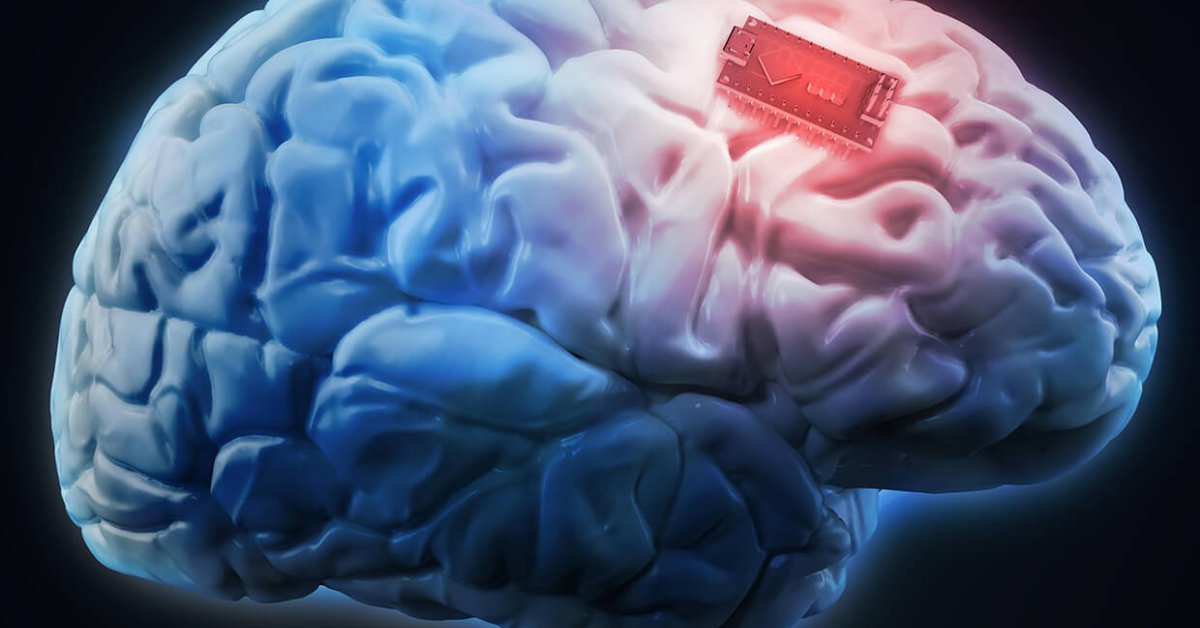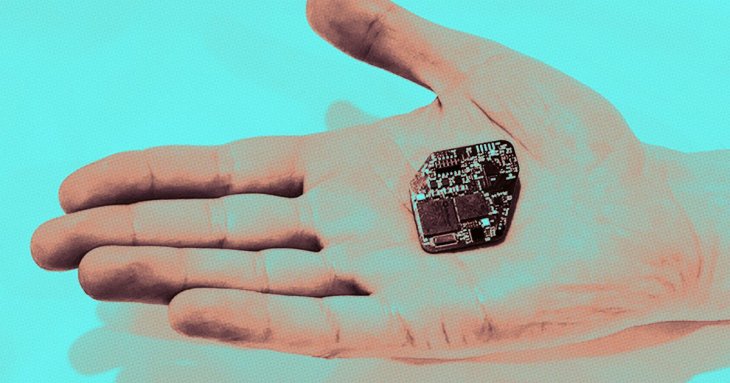Brain Implant To Treat Neurological Diseases’ Symptoms
Aadhya Khatri - Jan 04, 2019

Scientists at UC Berkeley just created an implant that can monitor the brain's activities and apply shocks to restore its balance when necessary.
- Using A New Brain Implant, This Monkey Can Play Video Games With Its Mind
- New Brain Implant Allows Injured People To Control Two Prosthetic Arms At The Same Time
- Elon Musk Reveals Neuralink’s Plans To Let People Control iPhones With Their Mind
Now, there is new hope for patients with neurological diseases such as PD (Parkinson’s disease) and epilepsy. A wireless brain implant was explicitly developed to treat the symptoms of these conditions. It will be placed on the brain’s surface and keep track of patients’ brain activities. When it detects an abnormal signal, it will interfere to restore the balance.

This device is a creation of the UC Berkeley and is called WAND (short for Wireless Artifact-Free Neuromodulation Device). This is not the first implant that can produce electrical stimulation to target these conditions, but it has fixed some of the earlier prototypes’ issues. According to an article published in Nature Biomedical Engineering journal, this implant took us closer to cure some of the most common neurological diseases in the world.
This device works with a closed-loop system, which solves some of the problems other implants face. However, there has been no human testing so far. The closest the scientists have reached is to carry out experiments on primates.
This device is the first to monitor the brain’s activities and at the same time, apply targeted shocks if some things go wrong. This ability makes WAND’s treatment more specialized and effective, while earlier models could only do one of the two tasks.
Rikky Muller, a computer scientist and electrical engineer at UC Berkeley said, "We want to enable the device to figure out what is the best way to stimulate for a given patient to give the best outcomes. And you can only do that by listening and recording the neural signatures.”
The team’s future plan is to apply AI to the implant so that the device can read and comprehend the signals from the brain better.
However, before they can realize that ambition, the team must conquer another challenge, which is to test the device on a human. This step is actually more complicated than it may seem. To run the test, they must find volunteers who have already had Parkinson’s disease or epilepsy and are willing to give it a try.
This device does sound promising, but we might have to wait to know for sure.
Featured Stories

Features - Jul 01, 2025
What Are The Fastest Passenger Vehicles Ever Created?

Features - Jun 25, 2025
Japan Hydrogen Breakthrough: Scientists Crack the Clean Energy Code with...

ICT News - Jun 25, 2025
AI Intimidation Tactics: CEOs Turn Flawed Technology Into Employee Fear Machine

Review - Jun 25, 2025
Windows 11 Problems: Is Microsoft's "Best" OS Actually Getting Worse?

Features - Jun 22, 2025
Telegram Founder Pavel Durov Plans to Split $14 Billion Fortune Among 106 Children

ICT News - Jun 22, 2025
Neuralink Telepathy Chip Enables Quadriplegic Rob Greiner to Control Games with...

Features - Jun 21, 2025
This Over $100 Bottle Has Nothing But Fresh Air Inside

Features - Jun 18, 2025
Best Mobile VPN Apps for Gaming 2025: Complete Guide

Features - Jun 18, 2025
A Math Formula Tells Us How Long Everything Will Live

Features - Jun 16, 2025
Comments
Sort by Newest | Popular